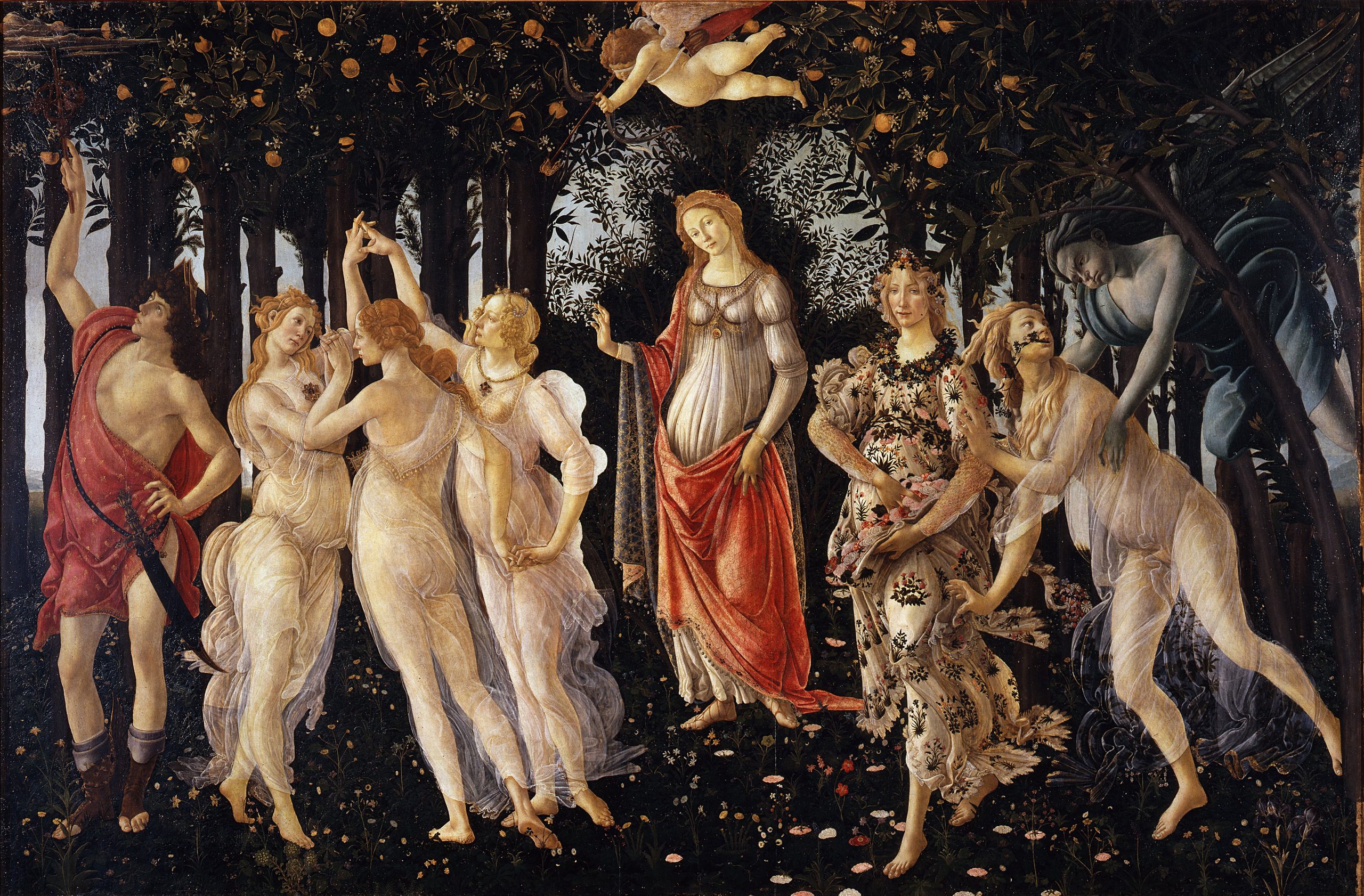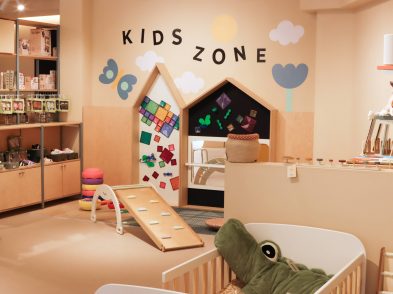On Friday, February 28, I woke up to the email:
In accordance with UW-Madison’s international travel policy, university-sponsored programming in Italy is cancelled due to the CDC issuing a Warning Level 3: Avoid Non Essential Travel.
Within a whirlwind 72 hours I booked a return flight, packed my bags, hugged my study abroad friends of two months who had not already left, and said ciao to my Florentine art haven. I spent a 12-hour layover in Madrid and by Monday, March 2 I was back in Wisconsin.
After an extended spring break, my Florentine art classes resumed online. As my Renaissance Art History teacher digitally lectured about works in museums the class had planned to visit but never had the chance to see, I melted into a pathetic mess. My heart stung from the visual reminder that I was no longer in Florence and wouldn’t be standing before these masterpieces anytime soon.
Greek philosopher Heraclitus says it best: “Much learning does not teach understanding”. I can learn art history at home. I can skim an online textbook that states Botticelli’s masterpiece Primavera reflects the intellectual activity of the Neoplatonic circle and reconciles the classical world with the Christian present. I can analyze central figure Venus’ role as goddess of beauty and fertility as a model of marriage and chastity. I can compare and contrast the work with other Venus works by Botticelli. I can even write an entire research paper.
Yet I cannot understand art history at home. I cannot swoon as I step into the Botticelli room of the Uffizi Gallery. I cannot gasp at the painting’s humbling beauty and overwhelming scale. I cannot feel my heels dig into the floor as I inspect the piece from corner to corner and examine every possible detail. I cannot circle back to it after I look at another work. I cannot drown out the hum of tourists. I cannot marvel at the work’s pristine condition for being centuries old. I cannot experience nuance, nor can I be forever moved.

Botticelli’s Primavera, in Florence’s Uffizi Gallery, shows how not to social distance (c.1482)
My interest in travel runs parallel. I can learn about travel at home; I can meticulously prepare the dreamiest itinerary that bursts with history. I can price flights and inquire on TripAdvisor. I can research up-and-coming cafés and not-to-be-missed restaurants. I can watch documentaries about iconic heritage sites and their corresponding patrons. I can find inspiration in travel bloggers and keep a running list of villas to visit and wines to taste.
While learning about culture from afar is worthwhile, it is a passive type of consumption. This learning does not substitute understanding. To understand a culture, one must recognize how a collective past infiltrates the way people live, work and behave. I found the most meaningful windows into Florentine culture during my time abroad were through smaller interactions: the waiter who was in no hurry to turn my table over, the stationery store owner who painted as she ran the cash register. I saw manifestations of shared values in pleasure, art, and beauty that a Wikipedia entry could never recount.
I am devastated for the city that I called home for two months. But if any city has the potential to thrive after this pandemic, it is Florence. The city’s response to the national lockdown has embodied its inventive, artistic culture. The city has kept up its spirits and transformed disaster and despair into bravery and beauty like it has for centuries.
Italian philosopher Benedetto Croce writes, “How can we place ourselves above the past if we are in it and it is in us? There is no way out except through thought, which does not break off relations with the past but rises ideally above it and converts it into knowledge.” Florence’s response to the emergency recalls the words of Benedetto Croce, and art may be the enduring resource that Florentines draw upon at this challenging moment. Art isn’t history to Florentines. In a world of chaos and tragedy, art is a multifaceted cultural anchor that transcends time. It is a source of a deep-rooted civic pride that informs nearly every aspect of daily life.
Like the Renaissance artists before them, Florentines have maintained this civic pride amid hardship. They have sung from the balconies, delivered groceries to those who cannot leave the house, shared encouraging words on social media and become a global model of humility. Florentines have created a sense of purpose and imagination in the face of isolation.
If Florence is any indication, there is still a place for resilience, optimism and, most of all, understanding during this crisis. Museums may be closed, but creativity isn’t cancelled.





